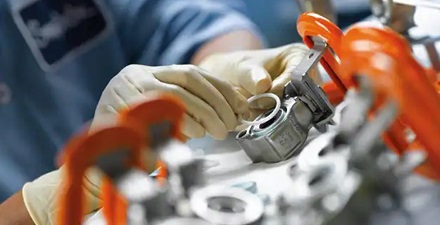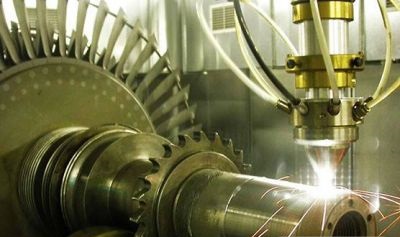The Reason for the Mechanical Noise of Regulating Valve

In regulating systems, the mechanical noise generated by sanitary regulating valve comes mainly from the valve core, valve stem, and some of the movable parts. The influence of fluid pressure fluctuations, impact from the fluid, and the gap between the side edge of the sleeve and the pilot device of the valve body will all lead to vibration of the parts.
For example, the lateral movement of the valve core relative to the guide surface; the collision between the valve core and valve seat. If there is a gap between the parts, even if there’s no force transmitted, vibration will produce friction and impact. These collisions are inelastic collisions, and the resulting sound is apparent metal sound and percussion.
The noise resulting from the collision is a continuous sound spectrum, with a wide frequency range. The magnitude of the amplitude of the noise is determined by the energy of the collision, the mass of the vibrator, the stiffness, and the damping. This type of vibration frequency is generally less than 1500 Hz.
If the frequency of vibration is close to or equal to the natural frequency of the structure, resonance occurs.
Resonance not only produces a lot of mechanical noise, with a frequency of up to 3000 ~ 7000 Hz but also produces very big damaging stress, which will lead to fatigue damage of vibrating parts. Valve parts that are susceptible to vibration at natural frequencies are the plunger valve core, cylindrical thin-walled window-shaped valve core, and elastic parts (such as metal sealing rings for ball valves).
In mechanical noise, there will be a dry friction sound. When two surfaces (such as valve core and valve seat) that interact with each other have relative movement, the blocking effect produced by one surface on another is called friction.
Due to the mutual embedding of the surface asperity and molecular aggregation, adhesion between surfaces is caused. This not only consumes energy but also wears the surface, resulting in heating, plastic deformation, vibration, and noise from the parts.
The noise caused by dry friction vibration is high-frequency noise. It sounds sharp and harsh, making people uncomfortable. If there’s good lubrication between two friction surfaces, and surface finish and geometric accuracy are improved, then dry friction can be reduced.
Currently, it is difficult to estimate the noise caused by mechanical parts. However, once this kind of noise occurs, the instrument can be used on-site to detect it.
The method of reducing the mechanical noise is to improve the structure of the valve itself, especially the structure of the valve body, valve seat, and guide part, and to improve the stiffness as well as reduce the weight of movable parts.





